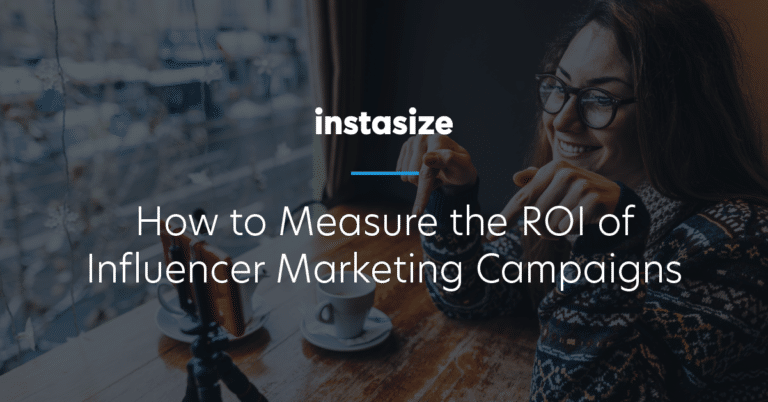Whether or not you personally follow influencers, it’s undeniable that influencer marketing has become a cornerstone of many digital marketing strategies. Spend on influencer campaigns in the second quarter of 2019 topped $314M USD in the U.S. and Canada. Social media has transformed otherwise regular users into celebrities in their own right — with these influencers, both big and small, evoking trust in consumers through more authentic and approachable images.
Instagram is a primary hotspot for influencer marketing. It seems everywhere you look someone is posting on behalf of a brand — 7 in 10 hashtags used on Instagram are branded (i.e. include a brand name). Despite the seemingly endless amount of posts, it still works: companies who used influencer marketing in 2018 earned a 520% return on investment.
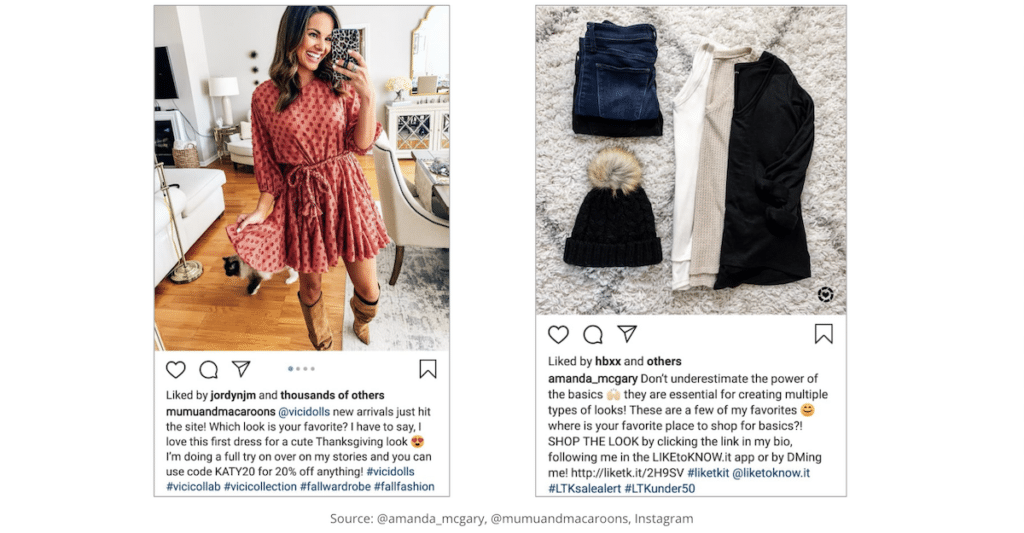
The platform has opted to shake up the ecosystem with a new update, though. Marketers interested in using influencer marketing to promote their apps may be wary of Instagram’s decision to hide like counts from users. But there’s a silver lining: you can now calculate ROI on your influencer campaigns more effectively.
Here is a guide to do just that — and find out whether influencer marketing is truly effective for your company’s growth.
How to Build and Measure Successful Influencer Marketing Campaigns
1. Set your campaign goals
Why are you collaborating with an influencer, and why are you choosing to invest in this strategy over other digital marketing methods? Reflect on this before you formulate your campaign to help establish your goals, as this will eventually form the foundation for how you calculate ROI.
Most influencer marketing campaigns aim to achieve one of two things: improve brand awareness or increase conversions. While each influences the other, it’s helpful to choose one as the primary goal to provide you a clearer means to evaluate success. It also informs which platforms your chosen influencer will be creating content for, what they will post about, and emphasis in image and copy.
a. Improving Brand Awareness: Want to expand your digital footprint? Social media is one of the top digital marketing channels for improving brand awareness due to the amount of users present on each platform. Instagram, in particular, has boomed in recent years, reaching a milestone of 1 billion monthly users in 2018.
Influencer marketing leverages the personal communities of influencers to spread the word about your brand. Set this as your goal if you prefer to focus on brand recognition and recall. Marketers with this goal should focus on metrics associated with social media channels: followers, engagement, reach or impressions, and web visits.
b. Increasing Conversions: To grow the user base of your app and have influencers drive users to download, set conversion as your goal.
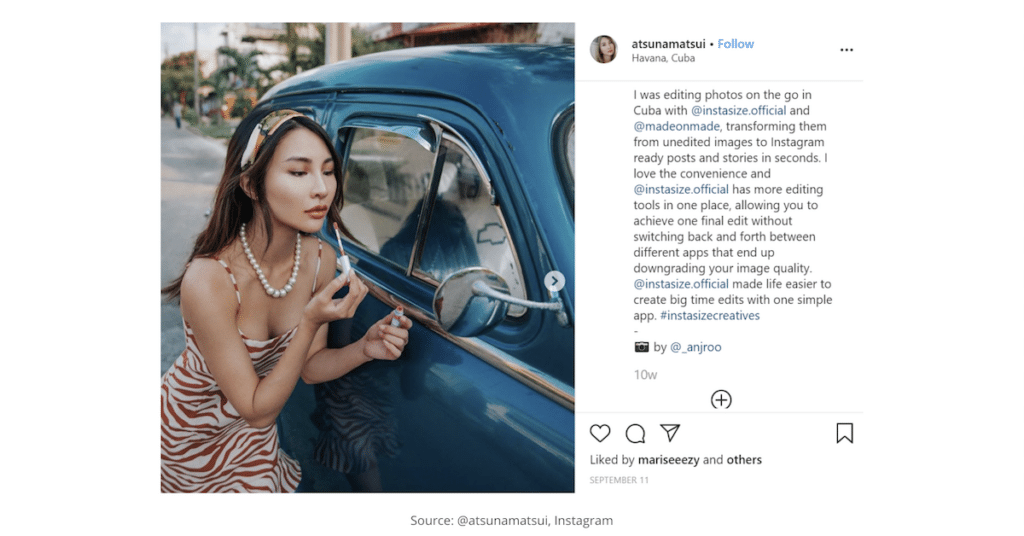
If you have partnered with an influencer on Instagram, you can increase conversions by encouraging them to use links directly to the app or deferred deep links to in-app content, include specific call-to-action phrases in their posts, and repurposing the content they create for other marketing materials such as e-mails and banner ads. Metrics to focus on include downloads and in-app conversions.
2. Establish your metrics
Now that you’ve set your goals, decide on the specific data points you will include in your post-campaign reports.
- Brand Awareness – These can be extracted directly from Instagram Insights, the data analytics segment for business accounts on the app, or from any reliable third-party social media monitoring tool of your choice.
- New Followers – The number of new followers your brand account has earned in the span of time your influencer marketing campaign was running.
- Interactions and Engagement Rate – Interactions are the total number of likes, comments, and clicks on an individual post. Engagement rate, on the other hand, is the proportion of these interactions compared to the total reach of the post.
- Reach and Impressions – Reach refers to the number of unique users who have viewed a specific post, while impressions indicate the total number of views regardless of whether there are repeat visitors or not.
- Web Traffic – The amount of users who have clicked your provided deep link.
- Conversions – Influencer marketing on social media heavily relies on deep linking strategies to guide users out of the mobile web or another app’s browser into your own mobile app. Using a customized deep link provided by a service like Branch lets you track whether the promotion posted by an influencer is effective. With it, you can measure:
- App Downloads – The number of users who have downloaded your app as a result of an influencer’s social media posts.
- In-app Conversion – How many app users convert within your app, such as those who choose to subscribe to a paid version, purchase a product, etc.
- App User Retention – Useful for re-engagement campaigns, to measure the percentage of an app’s users who return to it within a certain period.
Last but not least, keep track of the budget allocated to each influencer to calculate the cost per post and cost per campaign.
3. Set social media guidelines and regularly monitor posts
As part of the agreement between brand and influencer, set boundaries and limitations for the content they plan to post. Don’t put too many restrictions in place — after all, you hired them for their unique voice and personality, not as a parrot of yours — but emphasize the need to adhere to your brand vision. Remember to put into writing:
- How many posts or ads they are required to create content for
- Their posting schedule
- What they should or should not talk about in each post
- Whether you can repurpose their posts for additional platforms to be used in your larger campaign (ie. Email, banner ads)
- Specific calls to action or links required to be present in each post
You should request regular updates on your influencer’s progress but do your part to monitor their posts as well. Set the division of work: which stats will you be measuring from the influencer’s account, and which will you be tracking on your end? Data on brand awareness, for example, are most likely to come from influencer posts and accounts, while you have access to your own conversions.
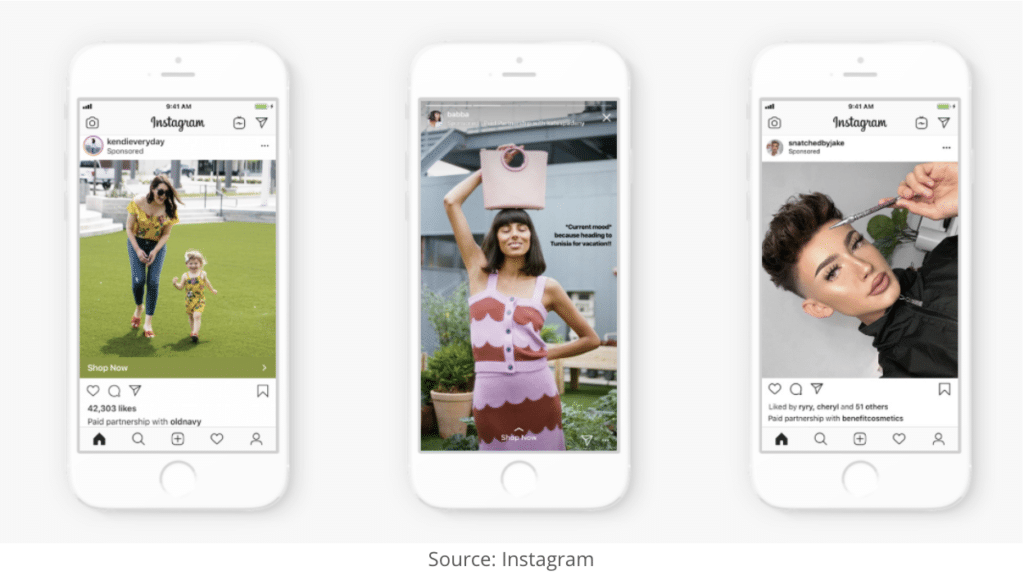
One way to gain access to better monitoring tools on Instagram is to utilize branded content ads when partnering with influencers. These ads appear as any other Instagram post ad on the feed, however, they use the influencer’s account as the main source post, with the brand account mentioned underneath.
These branded content ads allow you to access the metrics of the ad in your own ads manager, where you can view reach, engagement, and clicks.
If you aren’t using branded content ads, request a regular report from your influencer partners accompanied by screenshots of their back-end Instagram Insights data for each post they create for you.
4. Measure and optimize campaign performance
How can you tell whether your campaign was effective enough to repeat? Key results to compare here are the set of your chosen metrics (awareness or conversions) against any benchmarks you have prepared beforehand. This can be the result of prior research or reports from campaigns completed in the past.
It’s recommended to run influencer marketing campaigns in short bursts initially in order to figure out which content produces the best results. Weigh the cost per post and total cost per campaign against your results: were they worth it? Examine whether you could achieve similar ROI in a similar timeframe with your own social media marketing strategies minus the influencer. If the answer is yes, then you can say the campaign isn’t any more effective than business as usual.
Additionally, hiring one influencer may produce seemingly favorable results within the set time, but without anyone else to compare their performance to, you may mistakenly partner with them again while others could potentially bring in more ROI.
That’s where partnering with multiple influencers comes in: you’ll be able to identify high-performing individuals with the greatest ROI and the types of content that are most effective. Building a relationship with the high performers can improve ROI in the long run and stay cost-effective as well.
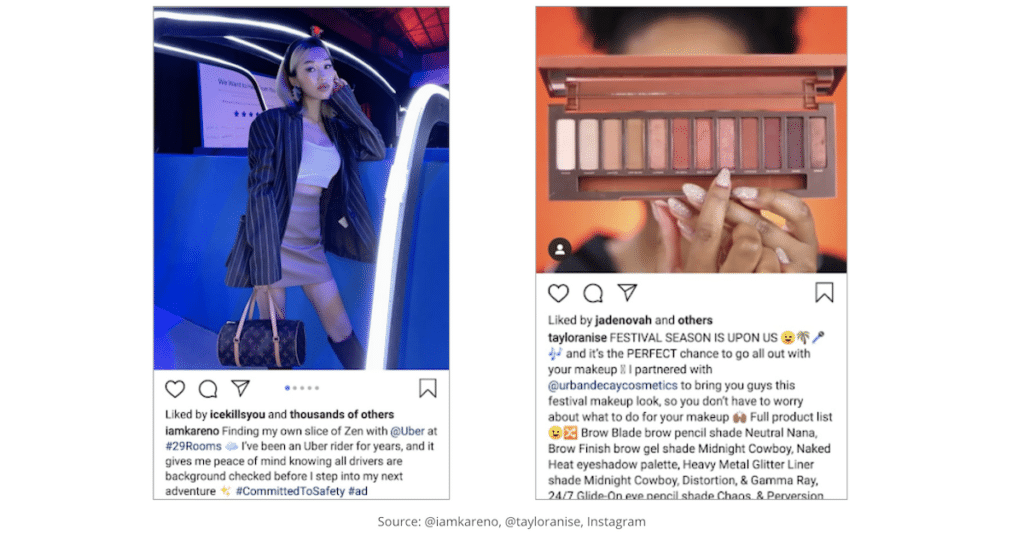
Final Thoughts: Is Influencer Marketing Worth It?
In most cases, and according to industry experience and data, influencer marketing is worth it. It allows you to tap into another person’s follower base and community, many of whom may have gone unnoticed by your brand before.
That said, some industries may find it easier than others. Some of the industries using influencers the most include Fashion and Beauty, Health and Fitness, Travel and Lifestyle, and Food and Beverage.
It all comes down to finding the right influencer marketing partners. One tip for finding the right partner is to begin the search within your brand’s own community. Who uses your app and has a following on Instagram? You can also check who follows your official accounts, who uses your branded hashtags, and who posts about using your app.
Connect to those with a prior interest in your app, who are enthusiastic about representing you, and you may find yourself a working relationship built to last.
About Instasize
Instasize is a photo and video editing toolkit for social creatives to create visually engaging content to grow their social audience.






















